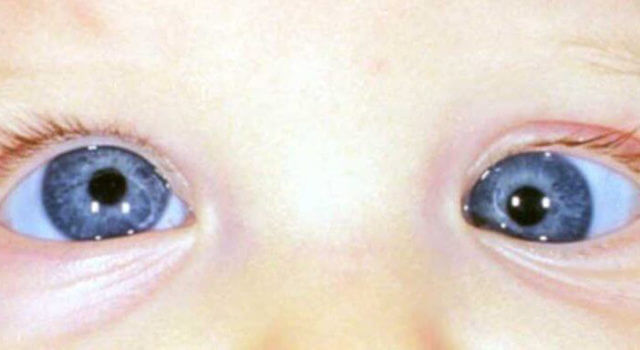 Strabismus, more commonly referred to as “cross-eye” or “eye turn,” is a condition where the eyes don’t point in the same direction. While many people choose to correct the condition with surgery, the problem often persists, leaving many patients with little to no improvement. A better, more holistic approach is a personalized vision therapy program like the one offered at Five Points Eye Care. If you or a loved one is experiencing even a slight eye-turn, speak with Dr. Meg Brya to determine if vision therapy can help you.
Strabismus, more commonly referred to as “cross-eye” or “eye turn,” is a condition where the eyes don’t point in the same direction. While many people choose to correct the condition with surgery, the problem often persists, leaving many patients with little to no improvement. A better, more holistic approach is a personalized vision therapy program like the one offered at Five Points Eye Care. If you or a loved one is experiencing even a slight eye-turn, speak with Dr. Meg Brya to determine if vision therapy can help you.
What Is Strabismus?
The terms “eye-turn” and “lazy-eye” are often confused, but they are two different conditions. Strabismus refers to an eye-turn, a condition that can be constant or occur only sporadically. The eyes don’t move in unison, so when the brain receives a different image from each eye, it can’t form a unified image. To cope with the conflicting messages, the brain may suppress, or “turn off,” one of the images. As a result, the suppressed eye will not develop the same coordination with the brain as the stronger eye, which can lead to permanent visual loss or even blindness in the weaker eye, and several other serious visual problems.
Strabismus can manifest in different ways and with varying degrees of magnitude. Each case is unique, and your optometrist can provide clarity on your particular condition at your next eye exam.
What Are Common Symptoms of Strabismus?
When the eyes aren’t aligned, certain symptoms can arise. Aside from the eyes being visibly misaligned, someone with strabismus may squint or tilt their head in order to avoid seeing double. An eye-turn also negatively affects depth perception, making driving or playing sports challenging.
Children with strabismus may close or cover one eye when trying to read the board in the classroom, or while focusing on distant objects. They may have poor grades and be reluctant to participate in team sports due to a lack of visual skills. Often, children with visual difficulties are mistakenly diagnosed with a learning or social disorder when their vision is the problem.
Why Is Vision Therapy a Better Treatment Than Surgery?
The primary reason that surgery isn’t the ideal strabismus treatment is that it ignores the source of the problem: the connection between the brain and the affected eye. Surgeons will try and move the point of the muscle’s attachment to the eye in the hope that this will straighten the affected eye. While this method can at times be effective, many patients are left needing a second or even third surgery because the first hasn’t produced the necessary improvement. Additionally, surgery is invasive and poses risks of infection and other surgical complications.
In the event that surgery is the best option, optometrists often recommend a program of vision therapy either before or after the surgery. This program provides the best opportunity for the misaligned eye to develop connectivity to the brain and stay in the correct position.
In contrast to surgery, optometric vision therapy trains the brain and eye to work together to achieve long-lasting results. By developing this eye-brain connectivity, the long term goal is for eyes to work in unison and ultimately achieve 3D vision.
If you or your child have been diagnosed with strabismus, call Five Points Eye Care to schedule an eye exam with Dr. Meg Brya and start your journey to healthy vision.
Five Points Eye Care provides vision therapy and other services to patients from Athens, Augusta, Lawrenceville, Gainesville, and throughout Georgia.
